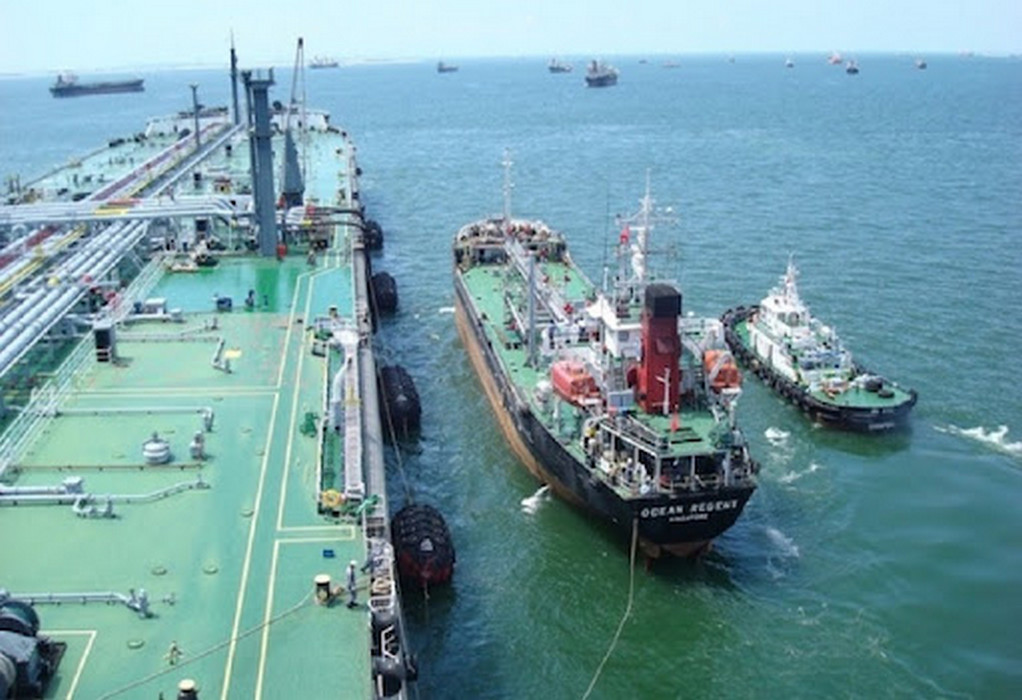Maritime trades have been powered by residual fuels that emit high levels of air pollutants and greenhouse gases for decades, but a growing number of regulators are pushing vessel operators to use greener energy sources.
Now Having lowered the global sulfur cap for bunker fuels earlier this decade, the International Maritime Organization has set decarbonization targets for cross-border shipping in the coming decades on the way to net-zero emissions close to 2050 and plans to introduce GHG rules for marine fuels in phases.
With civil society pressuring governments and businesses to act on climate change, the UN agency has emerged as the main driving force for low-carbon shipping with insufficient voluntary efforts from the private sector, said Adrian Tolson, owner of consultancy 2050 Marine Energy. Other industry participants said various regional and national governments are also developing maritime emission regulations, with the EU taking the lead in promoting GHG cuts from vessel operations.
Brussels is scheduled to extend the Emissions Trading System to cover shipping from 2024 and usher in GHG intensity requirements for marine energy from 2025, and both sets of rules will cover voyages to, from and between EU ports.
Shipping regulations have the ability to shake up the bunker market dynamics, as shown by the IMO rules requiring vessels to burn fuels with 0.5%S limits instead of 3.5%S from 2020 except for those with scrubbers.
Very low sulfur fuel oil didn’t exist commercially before the turn of the decade. But the 0.5%S fuel’s consumption reached 143.1 million mt globally in 2022, or nearly 45% of total bunker demand, according to S&P Global data.
Aside from some emission control areas with 0.1%S requirements, major regulatory pieces will focus on GHG reduction through the 2020s and beyond, industry participants said.
The shifting focus comes as average global temperature continues to rise, with the US National Oceanic and Atmospheric Administration describing July as “likely Earth’s warmest month” on record.
In their Higher Uptake case assuming more decarbonization efforts by governments and businesses, S&P Global analysts expect low-carbon bunker demand to increase from 845,000 mt last year to 12.5 million in 2030 before a further jump to 116.5 million mt in 2050. This would suggest their share in total marine energy would rise from 0.3% in 2022 to 3.8% in 2030 and 39.3% in 2050.
Some major bunker hubs have sought to position themselves for the evolving bunker mix, developing refueling standards and providing financial incentives for new types of marine fuels during the low-carbon transition.
Rotterdam, Europe’s largest and the world’s No. 2 hub, already saw 9% of its bunker sales last year from alternative fuels like LNG, bio-blends and methanol — which have lower carbon intensity than oil-based fuels but are not necessarily low-carbon fuels.
The world’s top refueling port, Singapore, reported alternative fuels made up 0.3% of its sales in 2022. But bio-blended sales hit a monthly record high and LNG sales surged in July as the first methanol transaction occurred, according to data from the Maritime and Port Authority of Singapore.
Bunker ports’ ability to access future low-carbon fuels have also been in focus, as the trading routes of “green” methanol and ammonia are expected to differ from oil-based fuels with the Global South potentially emerging as production centers.
Tags: Brussels, Bunkering, Europe, IMO, Regulators



Recent Posts
Babcock’s LGE Business Secures Contract for Marine Ammonia Fuel System to Advance Shipping Decarbonisation
Associated Terminals Deploys Liebherr’s All-Electric Cranes in Landmark Move Toward Cleaner Cargo Handling
Sanmar delivers fully electric emissions-free tug to major global operator Svitzer
Kolkata Dock deploys first-ever electric mobile cranes
ONGC orders two ethane carriers from Mitsui O.S.K. Lines
IndianOil to Commission India’s Largest Green Hydrogen Plant by 2027
IMI Greater Noida Signs MoU with IME (I) to Launch A New Student Chapter
GCMD Completes World’s First Pilot Demonstrating Full Carbon Value Chain from Ship-Captured CO2 in China